Opinion: Guidance Department Response
April 13, 2021
When I decided to become a school counselor, I had one overarching goal: to help and positively impact as many students as I can in one school day. Providing social/emotional, academic and career guidance to students is just the tip of the iceberg in a large list of job duties.
To say this job is a challenge some days is an understatement.
Trying to meet the ever-changing needs of all students in grades 10-12 is a large undertaking, and this is especially true during a COVID school year.
Student issues are triaged and students in crisis or visually distressed are given top priority and would never leave school without being seen by a counselor. If I am tied up with another student or in a mandatory weekly meeting, students are given the option to meet with the school social worker.
If a student prefers a male counselor, Mr. Kimberlin from the middle school would be more than willing to schedule a time to talk. Although it is not clear to me what is meant by the guidance office not being safe, especially when it is stated the office is indeed “judgment-free,”I can state without a doubt that I have each and every students’ best interest at heart and work hard to make coming to guidance for help a positive experience for all.
I also would like to point out referrals to the guidance office happen in many different ways.
A student can self-refer by presenting to the office, a friend or family member can refer, or a teacher can refer. Committees such as Project Safeguard generate many face-to-face contacts for students by guidance. For instance, if a student has poor grades, attendance, hygiene, home life, and/or peer conflict they are seen for an individual session. I also work hard to identify students who may look or act in a concerning way and touch base with them to offer assistance. Emailing students regularly to check-in is also a tool that has become more readily used this school year. Also, in a “regular” school year various weekly support groups are run by guidance.
Aevidum has been an active club at TAHS since 2013. The purpose of the club is to assist in the creation of a culture of students and adults that care for the wellbeing of each other and have each other’s backs. This is done through various projects each school year such as positive post-it note campaign, bathroom toiletries project, suicide prevention walks, presentations in advisory classes, and many more events that are too lengthy to list.
Every year 50-60 students request to be in Aevidum which is obviously an unmanageable number for one advisor, so it is necessary to have a process to reduce the number.
In order to NOT be accused of favoritism or unfair selection, group members with seniority assist in interviewing and ranking students who would be a good fit based on their answers to carefully worded questions. In addition, if I or a current member has knowledge that an individual does not represent the group initiatives well, they will not be chosen. This would potentially include incidents of bullying or other significant school discipline.
Students are not, however, rejected for mental health concerns, family or peer issues, or certainly not for being “unpopular” as these qualities may assist them in understanding and relating to the overall student population. I can personally attest the members of the group are involved because they care about others and have a strong desire to make the school a better place. Currently, a pamphlet and presentation were released to include suicide warning signs, stress management techniques, and contact numbers for how to find help, whether it be the crisis center or outpatient counseling.
To sum up. the Guidance Office has a welcoming open-door policy that is clearly communicated at the student orientation meetings at the beginning of the school year and each and every time a student leaves my presence. I remind them they are welcome to come back anytime.
I want students to be extremely comfortable seeking our guidance services, after all, that is why I am here!



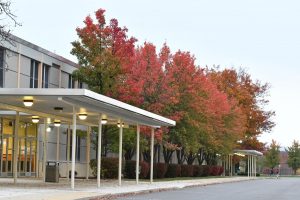
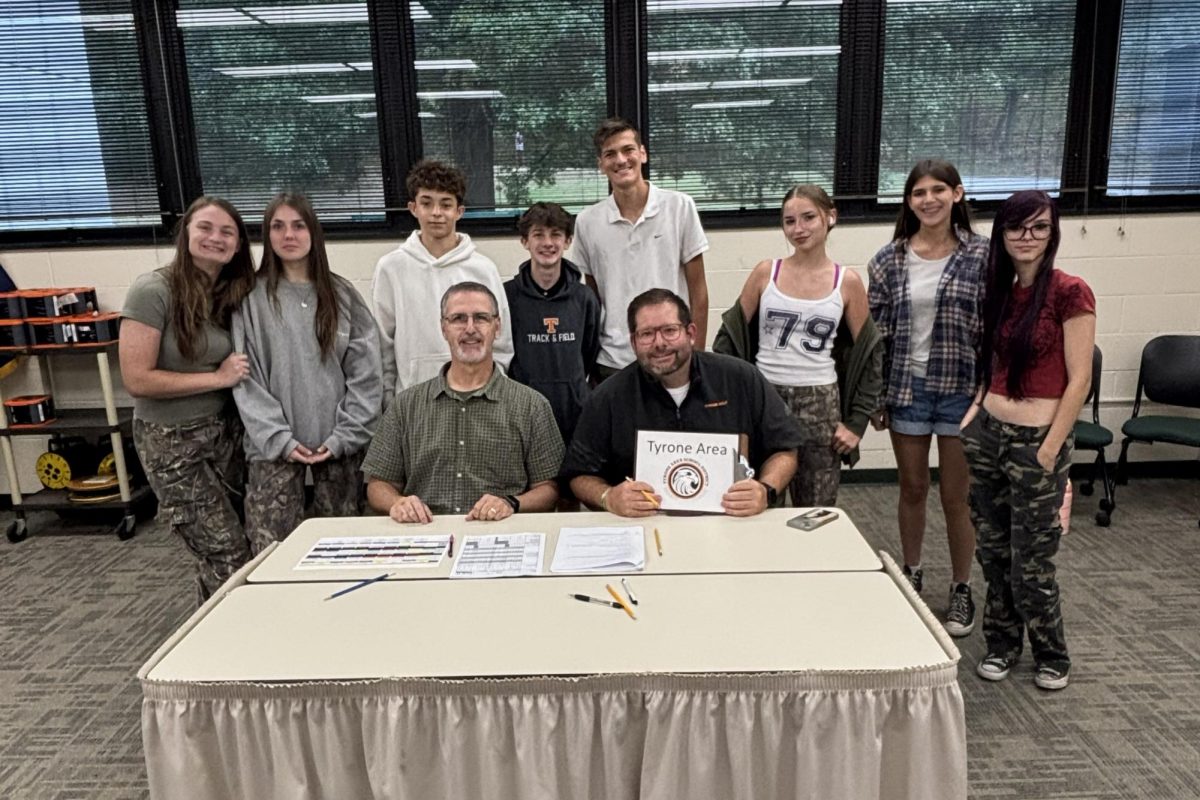
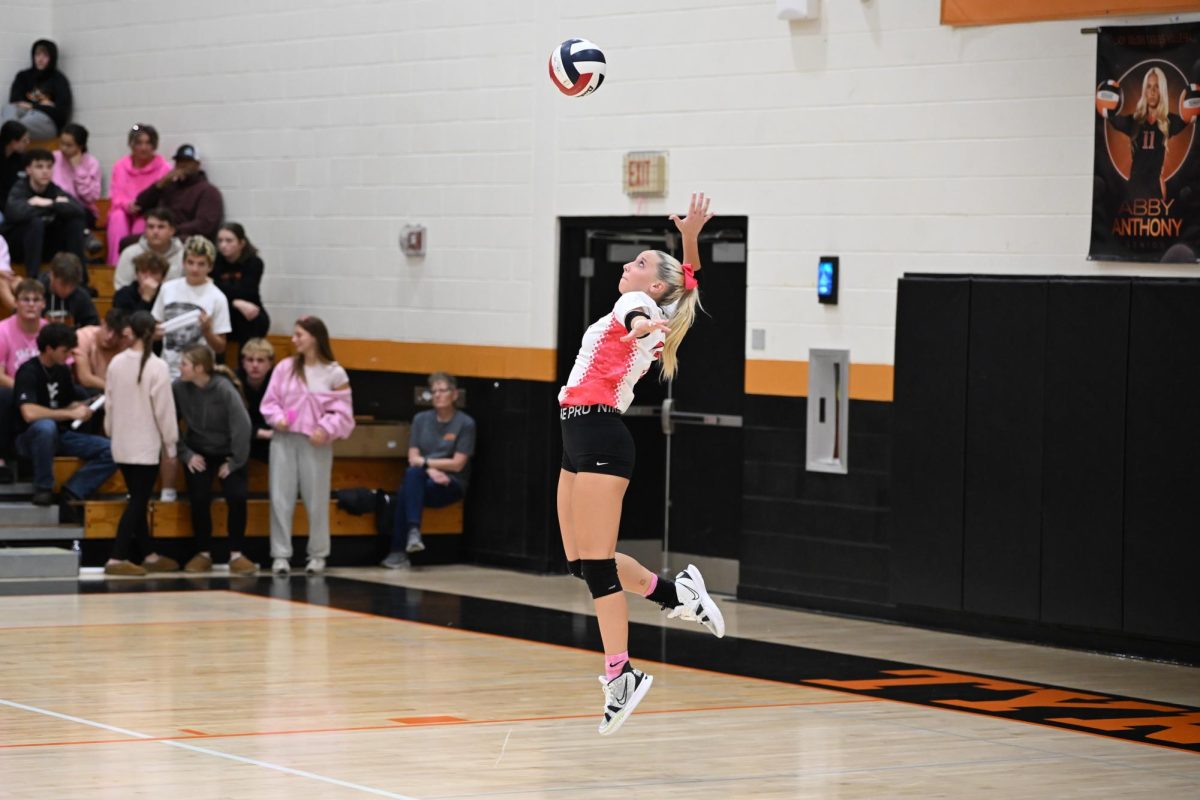
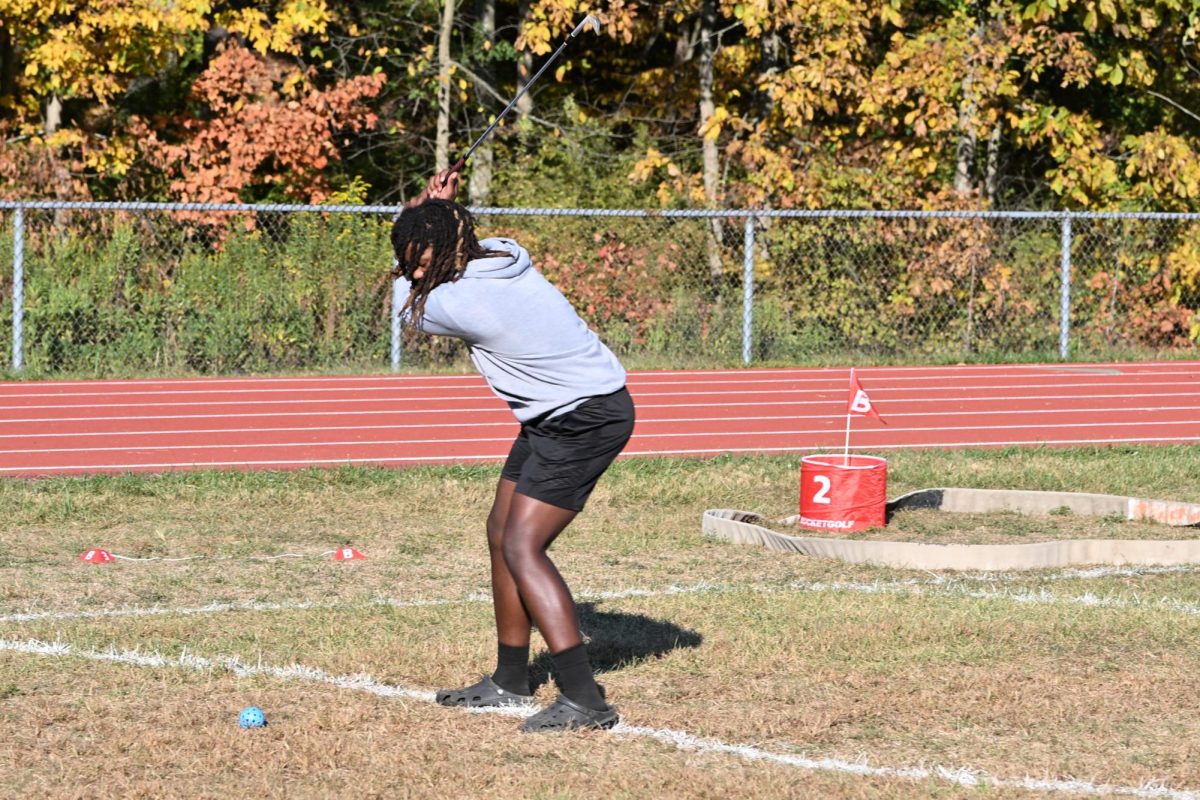
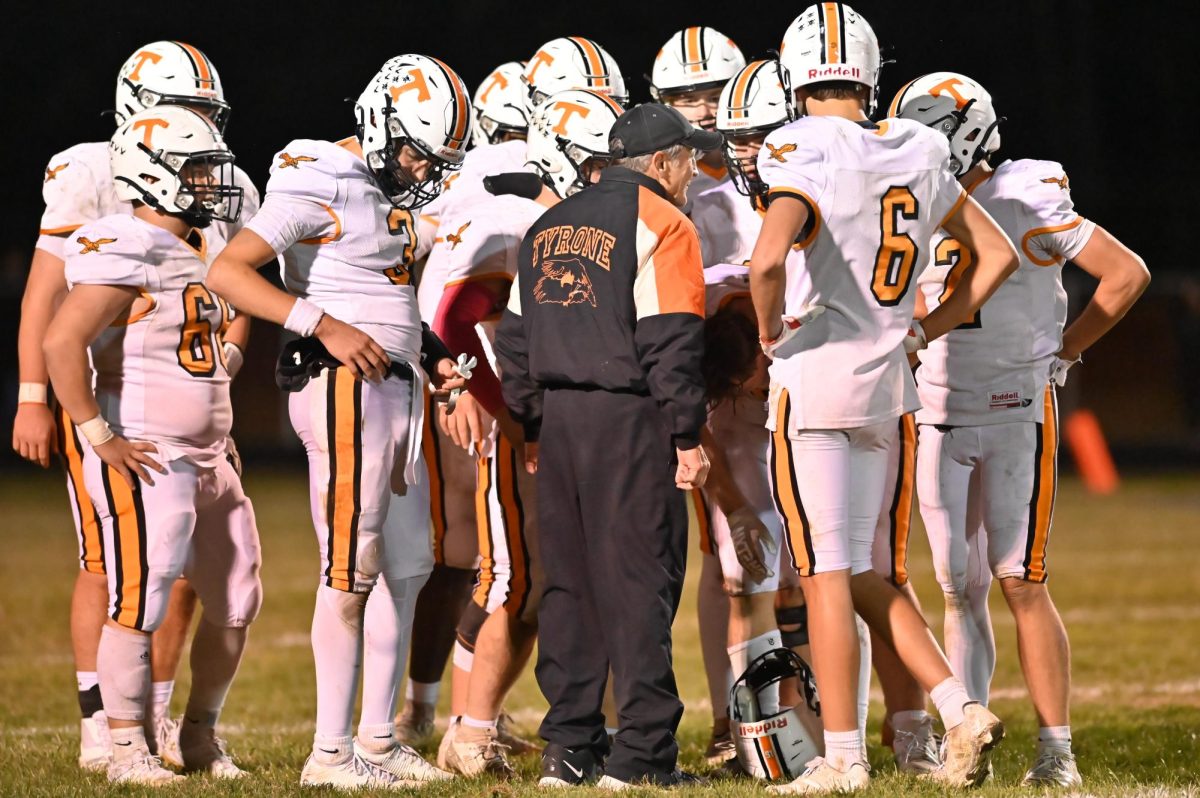
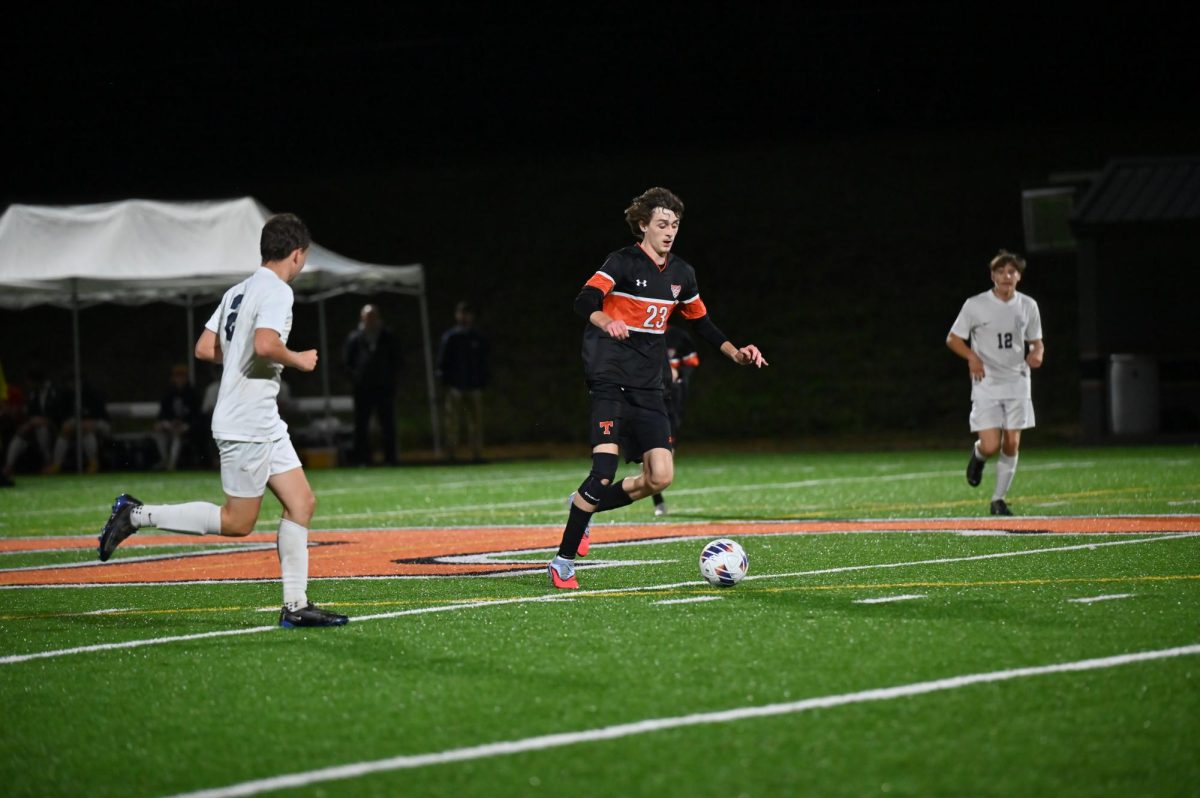
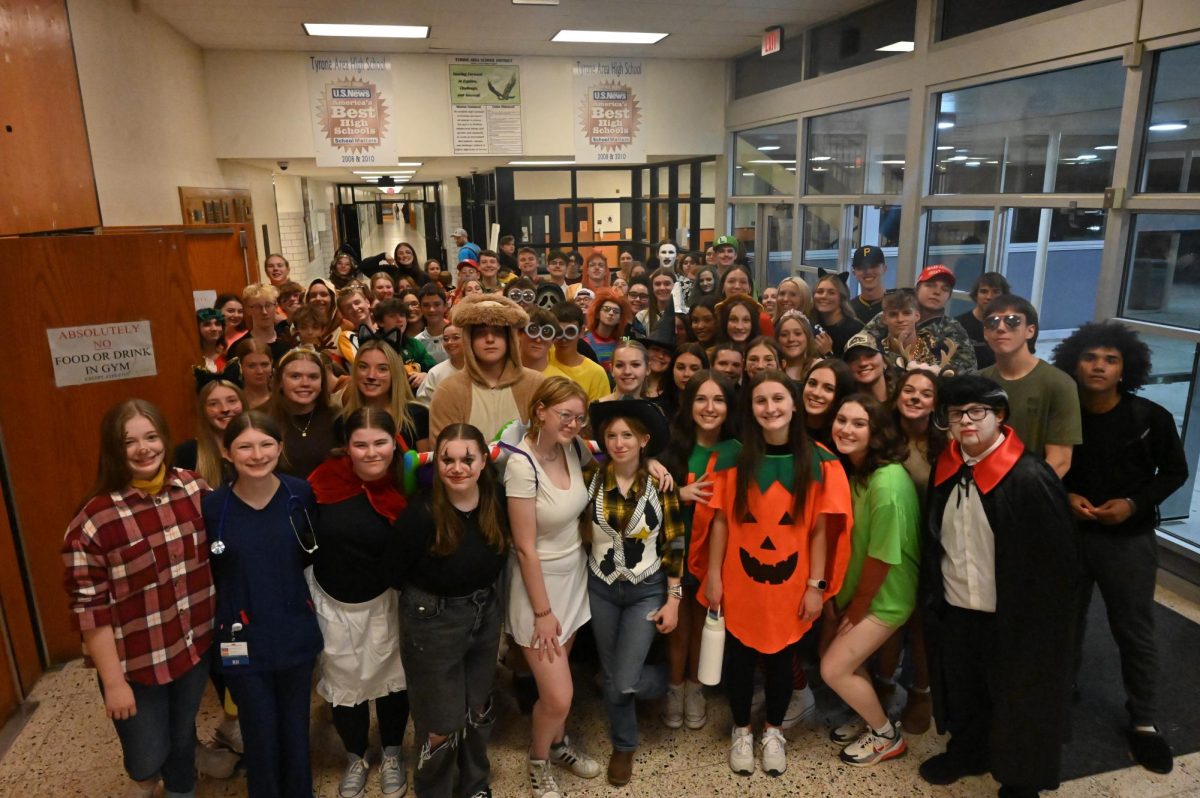
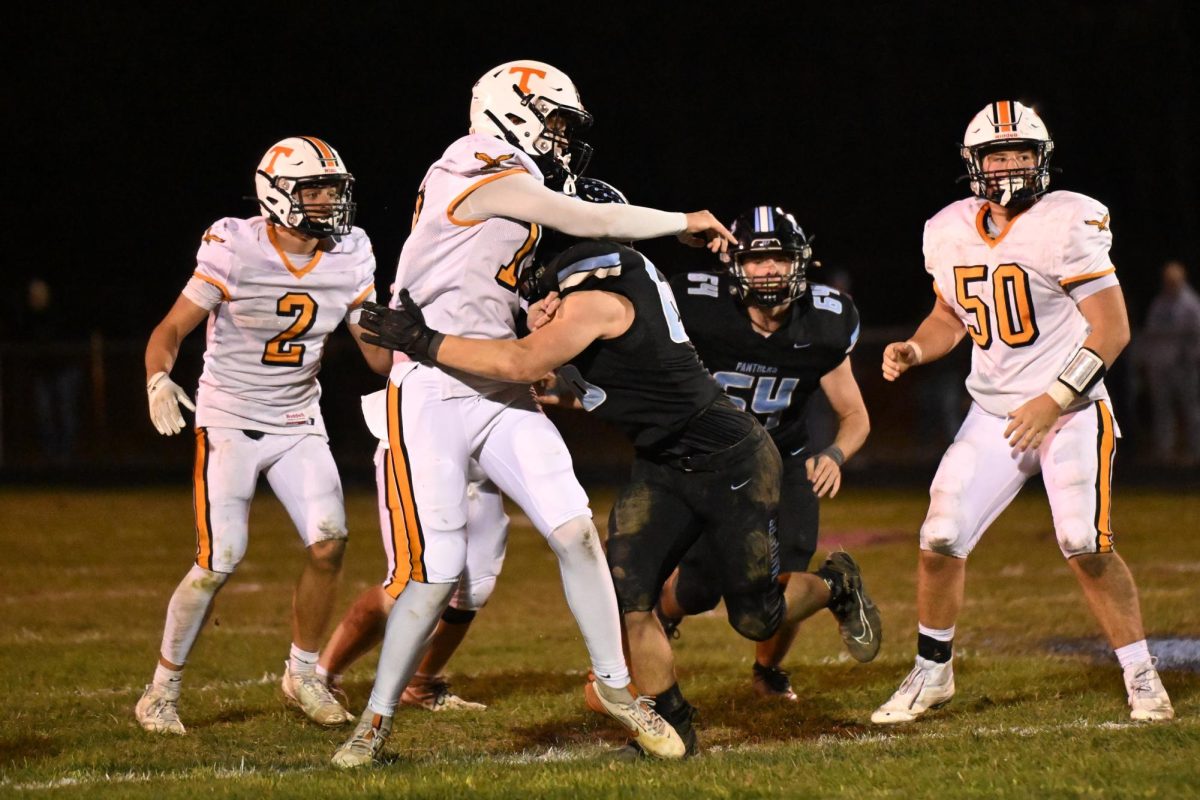
Hannah Gampe • Apr 27, 2021 at 6:44 pm
Although it’s good to look for students with poor hygiene, low grades, peer conflict, etc., I would hope one thing Tyrone has learned over the past few years is that mental health affects EVERYONE, even the people you least expect. Where is the outreach and one-on-one support for those students? Also, I would like to think that the prospective Aevidum members’ answers are kept anonymous to the senior student Aevidum members who are ranking them in order to ensure impartiality. Seeing as how both the elementary school and middle school have two guidance counselors, one male and one female, that doesn’t even make sense that the high school only has one counselor. I would imagine that the number of students across the three levels is fairly similar, and all of those high school students is too much for one guidance counselor. According to a CDC article (https://www.cdc.gov/childrensmentalhealth/data.html), last reviewed on March 22, 2021, it is shown that anxiety and depression in 12-17 year olds is greater than those in the age group 6-11. For depression, the rates are 3 times higher in the older age group than the younger one. Why should the high school only have one guidance counselor based on that statistic alone? I truly would hope that the passing of some of Tyrone’s alumni would spark both students and teachers to come together, especially within the guidance office and in Aevidum itself. As an alum, I can wholeheartedly say Tyrone did not teach me anything about mental health issues. DO BETTER!!
Madison • Apr 20, 2021 at 8:22 am
But most teens in high school don’t even know how to join the club Aevidum. Also, most teens don’t wanna talk to a middle school counselor, which is why the high school needs a male counselor. Or that it takes a while for some teens to get in for counseling when that could be too late.